How to Clean Kitchen Cabinets of Every Material Type

By Alexa Erickson
The kitchen is a high-traffic area in the home. It’s where busy mornings get their start, where food is made with love, and where snacks are retrieved throughout the day. As a result, the kitchen cabinets swing open and close so many times a day, allowing food particles, fingerprints, and general grime to wreak havoc on their surfaces. It’s just a part of life!
Without regular spot cleaning and an occasional deep clean, kitchen cabinets can look dirty and dull, bringing down the sparkle and allure of your kitchen. Plus, not cleaning them can even lead to long-term damage.
Here’s a guide on when to clean kitchen cabinets, how to clean cabinets (broken down by cabinet material), and tips for keeping your cabinets grime-free for longer.
Photo via Chas' Crazy Creations
When to Clean Kitchen Cabinets
Plan to give cabinets a light cleaning once a week. A deep clean should be done seasonally, or four times a year. To do a light clean, you can buff out the cabinets with a dry cloth to remove any light grease and dust or you can spot treat visible stains with a water-dampened rag. Just be sure to immediately dry cabinets—especially ones made of wood, as they are subject to warping when exposed to prolonged moisture.
How to Clean Wood Kitchen Cabinets
How you clean kitchen cabinets depends on the type of surface you’re dealing with. Here, we cover wood, painted, laminate, and glass cabinets.
Wood is something you don’t want to mess around with in cleaning since it’s porous and sensitive to chemicals. To protect the integrity of the wood, you’ll want to use a dedicated wood cleaner.
Tools and Materials Needed
- 2 cleaning buckets
- 3 rags
- Water
- Wood cleaner
Step 1: Fill Buckets
Mix warm water and the wood cleaning in the ratios as suggested by the cleaner’s instructions. Fill a second bucket with just warm water.
Step 2: Gently Scrub Outside of the Cabinets
Soak a rag in the bucket with water and cleaner. Wring it out, then apply the damp rag to one kitchen cabinet at a time, working in a circular motion as you gently scrub the wood. Start with the upper row of cabinets and work your way across before cleaning lower cabinets. This will ensure the flow of dirt and grime moves downward. Pay special attention to the area around the knob or pull, where oils from your hands collect. You can wipe down the hardware with the damp sponge as well.
Step 3: Gently Scrub Inside of Door
Open the cabinet door and wash around the frame and on the interior side of the door.
Step 4: Wash off the Solution
Use another rag dipped in the clean water to wipe down the cabinets to remove the cleaner.
Step 5: Dry Cabinets
Use a dry rag to wipe away excess moisture and any potential cleaner residue on the cabinets.
How to Clean Painted Kitchen Cabinets
Truly, the only difference between tackling wood cabinets and painted cabinets is the solution. To clean painted cabinets, use dish soap, which is gentle enough for paint yet has grease-cutting properties that help lift grime.
Tools and Materials Needed
- 2 buckets
- Dish soap
- Water
- 3 rags
Step 1: Create Cleaning Solution
Fill a small bucket with a few inches of warm water. As the water is running, add a few squirts of dish soap to create sudsy consistency. Fill another bucket with just warm water.
Step 2: Scrub the Cabinets
Dip a rag in the soapy solution. Wring it out, then begin to scrub the cabinets. Apply the damp rag to one painted kitchen cabinet at a time, working in a circular motion as you gently scrub. Start with the upper row of cabinets and work your way across before cleaning lower cabinets. Pay special attention to the area around the knob or pull, where oils from your hands collect. You can wipe down the hardware with the damp sponge as well.
Step 3: Gently Scrub Inside of Door
Open the cabinet door and wash around the frame and on the interior side of the cabinet door.
Step 4: Wash off the Solution
Use another rag dipped in the clean water to wipe down the cabinets to remove the cleaner.
Step 5: Dry Cabinets
Use a dry rag to wipe away excess moisture and any potential cleaner residue on the cabinets.
Photo via The DIY Playbook
How to Clean Laminate Kitchen Cabinets
Laminate cabinets can be cleaned with the same soapy water method used for painted cabinets. To spot treat a stain, you can mix one part water with two parts baking soda. Use a clean rag to dab the paste onto the stain. Allow it to sit for a few minutes, then use a clean part of the same rag to wipe clean.
How to Clean Glass Kitchen Cabinets
For glass cabinets with paneled doors, choose between the previous methods to clean the panels depending on their material (wood, painted, or laminate). Be careful to use a more precise application when wiping down the panels so you don’t get the cleaning solution all over the glass.
Simply spray glass cleaner on the glass parts, beginning with the upper section of cabinets. Wipe down with a microfiber cloth and then wipe dry.
Then use a polishing cloth to wipe down the glass panels to remove any fingerprints or smudges. Do the same on the interior side of the door.
Photo via The Gray Boxwood
Tips for Keeping Kitchen Cabinets Clean
Kitchens are meant to be used, so it’s inevitable nearly every inch of the kitchen will be subject to a deep clean at some point. Still, there are some ways to keep cabinets in clean condition for longer:
- Install knobs or handles on cabinets to avoid greasy fingerprints all over the surface.
- Keep cabinets closed to avoid the inside of cabinets from getting grimy.
- If you make a mess, try to clean it immediately to avoid stains and hard-to-remove gunk down the line.
- Installing shelf liners on the inside of cabinets will keep you from having to scrub down the interior of the cabinets. However, if you do have a mess that leaks through to the floor of the cabinet, use the same method to clean the inside based on the materials provided previously (painted, wood, glass, laminate).
- Every few months, plan to empty your cabinets and then use the hose attachment on your vacuum cleaner to remove food particles and dust.
What kind of cabinets do you have? Share your cleaning tips below!



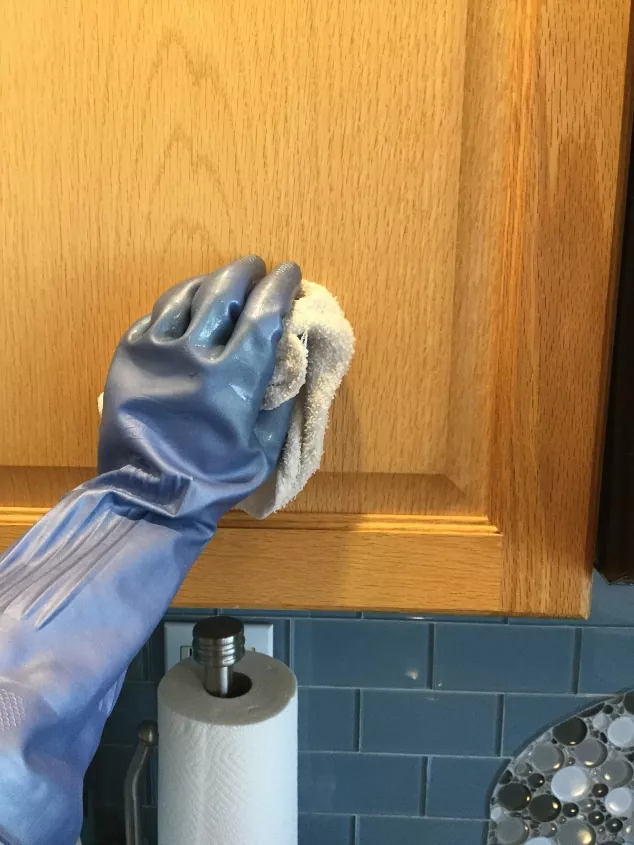


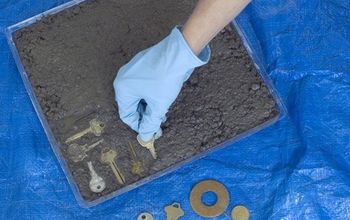
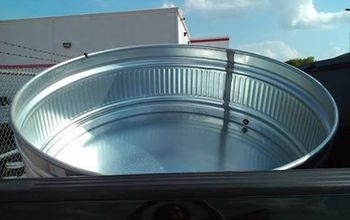
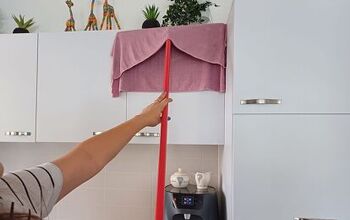
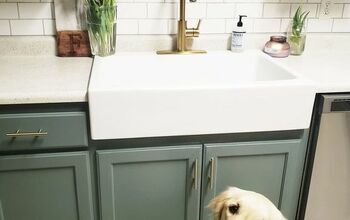

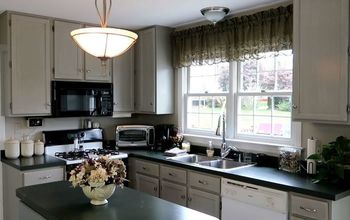

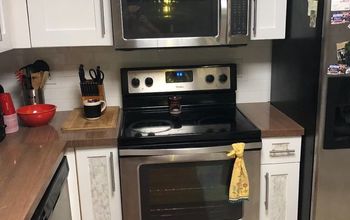








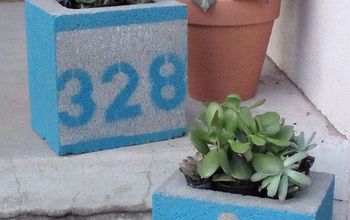
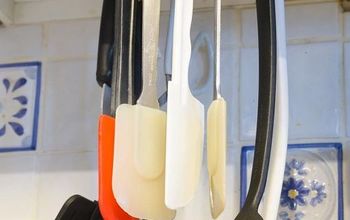


Frequently asked questions
Have a question about this project?